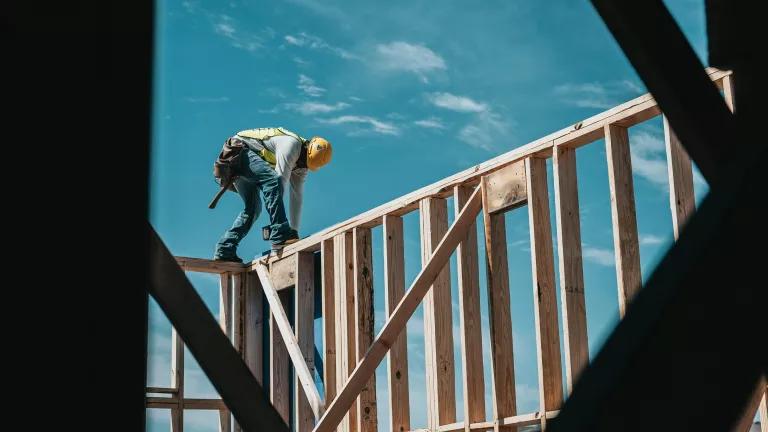Once again, Senators Michael Bennet and Johnny Isakson have teamed up to show there is still leadership and good sense in the U.S. Congress. They introduced a bill (the SAVE Act, S.1106) that would correct an important flaw in the mortgage process and improve the nation's energy productivity.
Today, mortgage lenders ignore the utility expenses a loan applicant expects to have as a homeowner. Two identical loan applicants will be treated the same even if one person buys a small, energy efficient house with, say, $500 a year heating and cooling, and the other buys a large, inefficient house with, say, $3,000 a year heating and cooling. This doesn’t make sense. These numbers are selected to prove the point, but they are in ordinarry distribution of actual utility bills many people have (see here for data and commentary on the typical range of homeowner energy expenses).
Perhaps the most interesting point of reference is to look at how commercial mortgage lenders treat the same situation. A commercial mortgage lender looks at the building owner’s net operating income (or NOI) to determine both what the borrower can afford to pay and the property valuation (typically a multiple of NOI). NOI is the amount left over after the owner has received all rental income and paid all expenses, including utility expenses. This makes sense. A more efficient building means lower operating costs and is therefore more valuable.
Anyone watching the commercial real estate market knows that energy efficiency has taken-off in commercial real estate in recent years, with Energy Star and LEED systems very popular, very successful, and embraced by the market. One must wonder whether that would have happended if commercial mortgage lenders were blind to the benefits of a more efficient building.
Another important reference point is the effect lower monthly expenses have on a borrower's abilty to pay the loan. There are many interesting questions to explore, but a recent study showed borrowers with energy efficient houses are better borrowers.
It is undeniable that the federal mortgage agencies have had their hands full in recent years, with little bandwith to fine-tune underwriting and eligibility standards. This bill should point them toward a fruitful project -- to begin to correct the energy blind-spot.
We are grateful to Senators Bennet and Isakson for their leaderhip.



